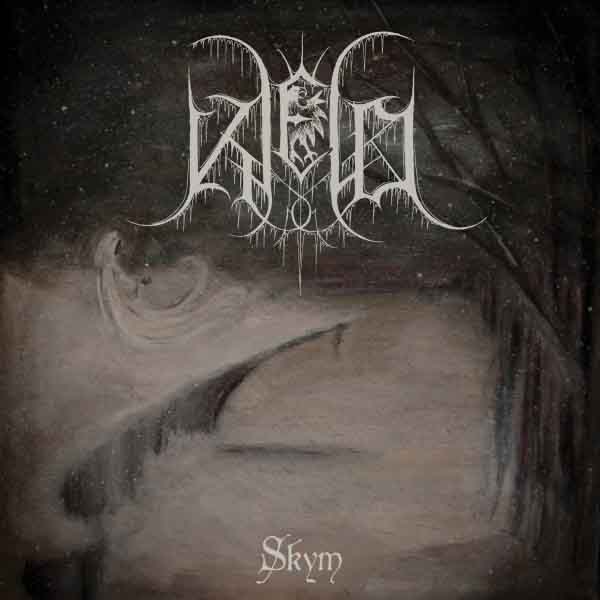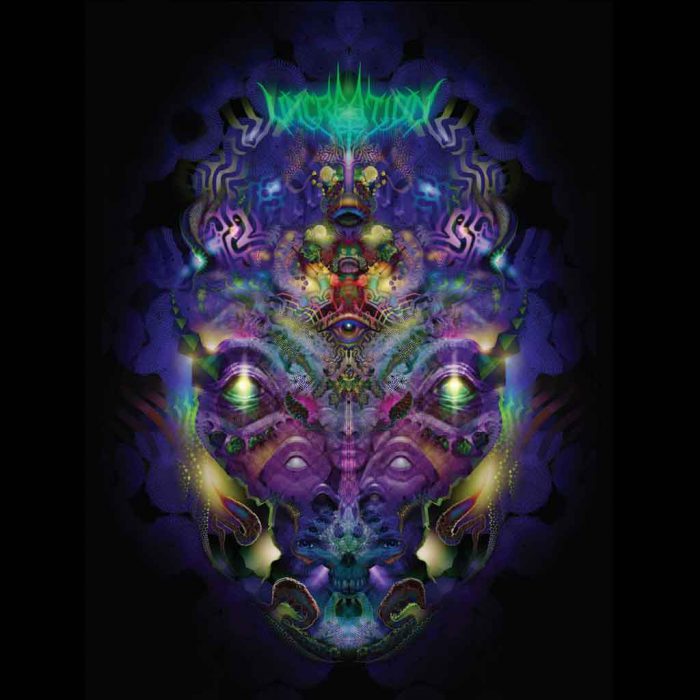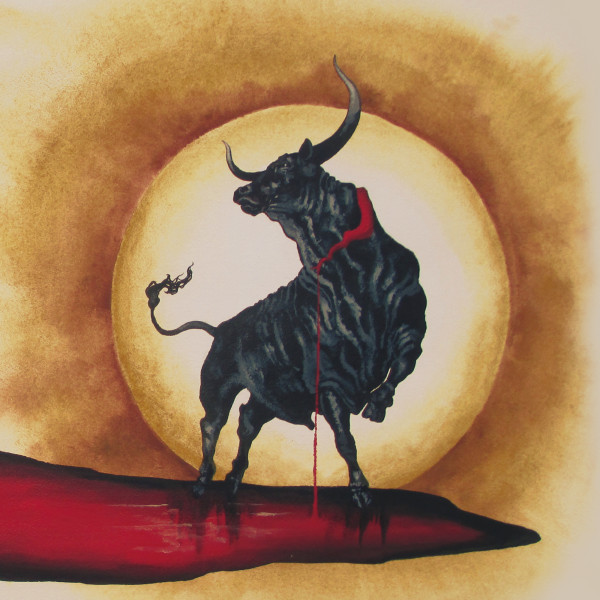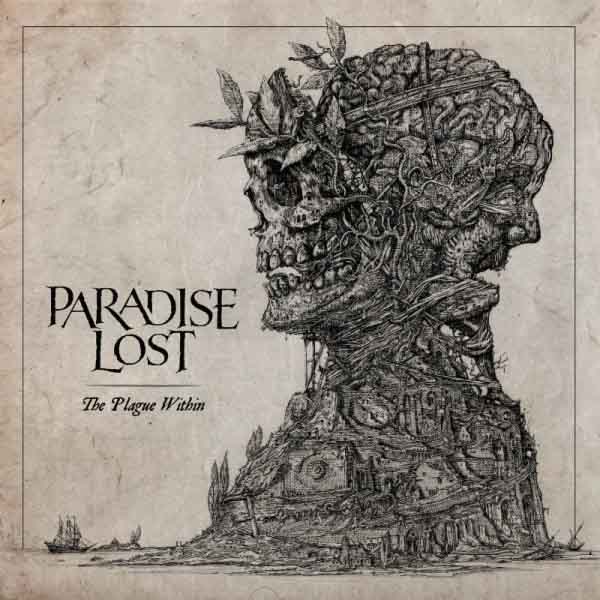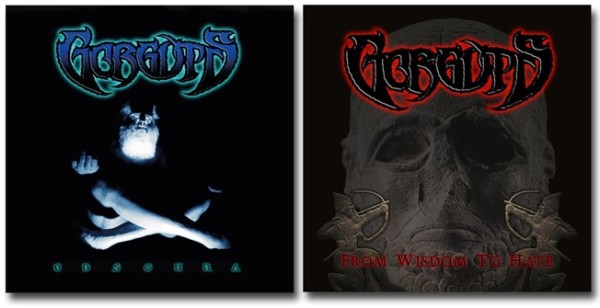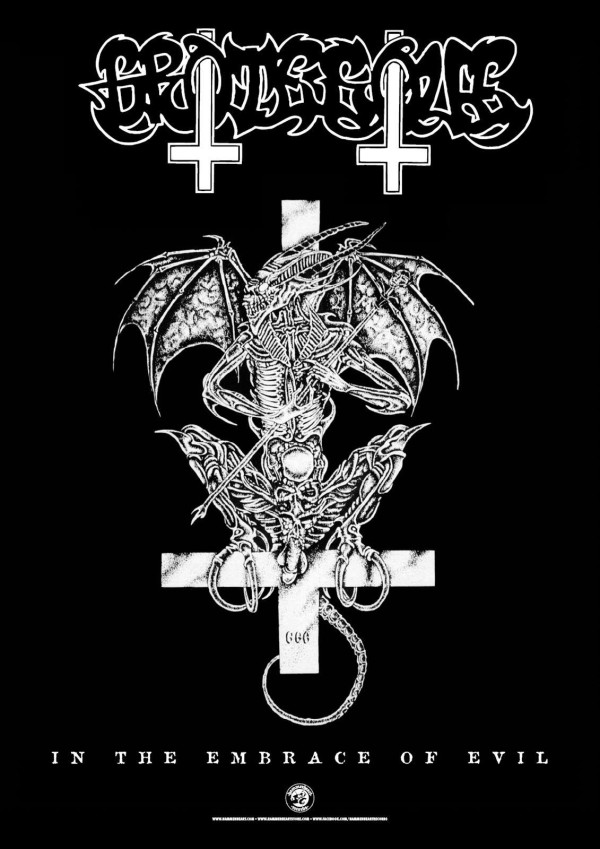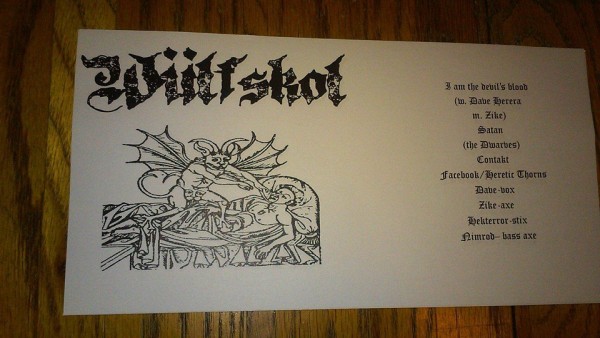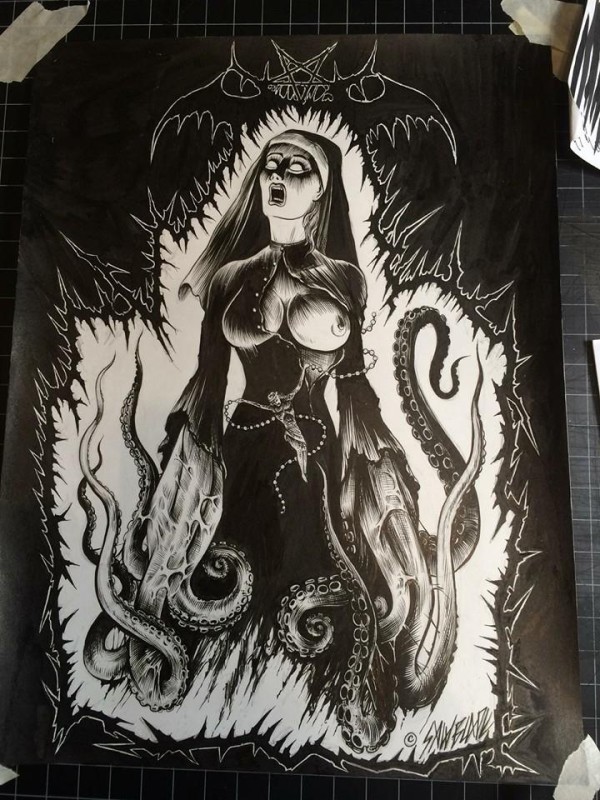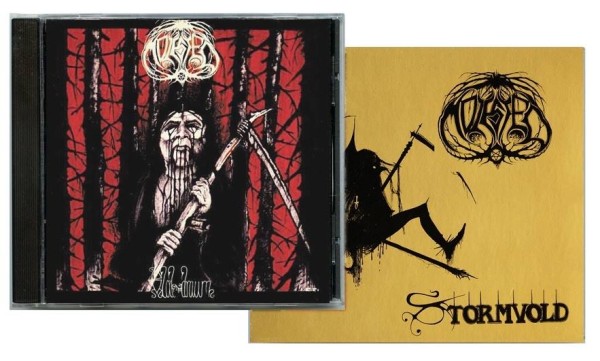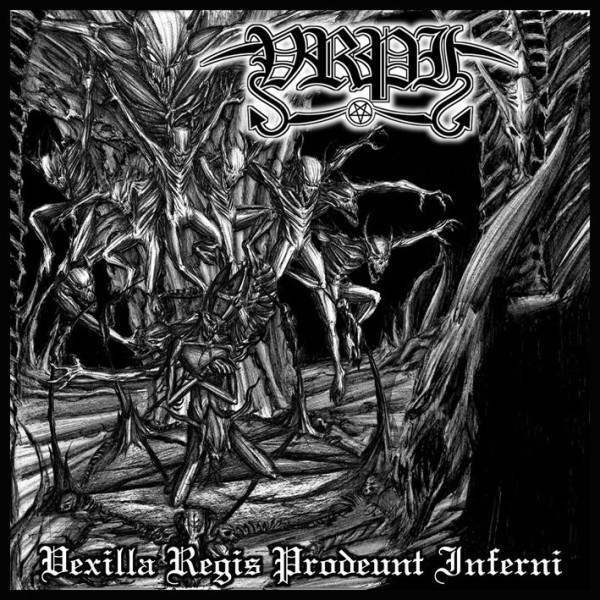Kjeld tackles black metal by drawing a line through all of the bands to capture the concept through history and then pulling out the best and adapting it to a local sound, producing a band that alternates between mid-paced and high speed melodic black metal that balances its pleasant sounds with savage primitive riffing. The result introduces enough variation that melody serves as a technique within a palette, and brings out the implications of the phrases of the more chromatic riffing, allowing songs to mature into a clear perspective rising above the chaos.
The closest comparison to this band may come from second-wave bands like Kvist and Setherial, who shortened the longer melodies of Emperor and Burzum and focused on longer songs that brought forth the full melody later in it, more like the cosmic ambient music that inspired much of black metal. Similarly, Kjeld like to begin songs with a theme that develops in clash with more brutally straightforward riffing, then let it develop in order to be obliterated, then be reborn in its final form leading to re-interpretation of the initial theme. This effect works remarkably well as it allows songs to have the intensity of Zyklon-B (the band) with an endpoint like the flowing moments from Eucharist or Ancient, albeit in a style of melody that fits more in the local area from which this band came, much as the Sinister Diabolical Summoning brought forth a sense of if not ancestral at least familiar melody.
Skym maintains its intensity throughout the album mostly by varying tension internally in songs so that despite the high rate of fire the music never falls into a sonic wallpaper of uniform consistency that, even if intense, loses its power by becoming predictably so and relegating itself to a kind of drone. Instead, these songs develop as their own creations, and song structure varies moderately as a result, producing a series of listening experiences that put together create a power greater than the mere sum of their parts. Without putting itself in a camp or time period, Kjeld upholds the strength of black metal in both savagery and beauty, making this album the rare uncompromising listening experience that voices itself in a style fitting both its own experience and the ideal of the genre.
1 CommentTags: 2015, Black Metal, hammerheart records, kjeld, Skym
